Learning Parameter Distributions to Detect Concept Drift in Data Streams
Johannes Haug,
Gjergji Kasneci
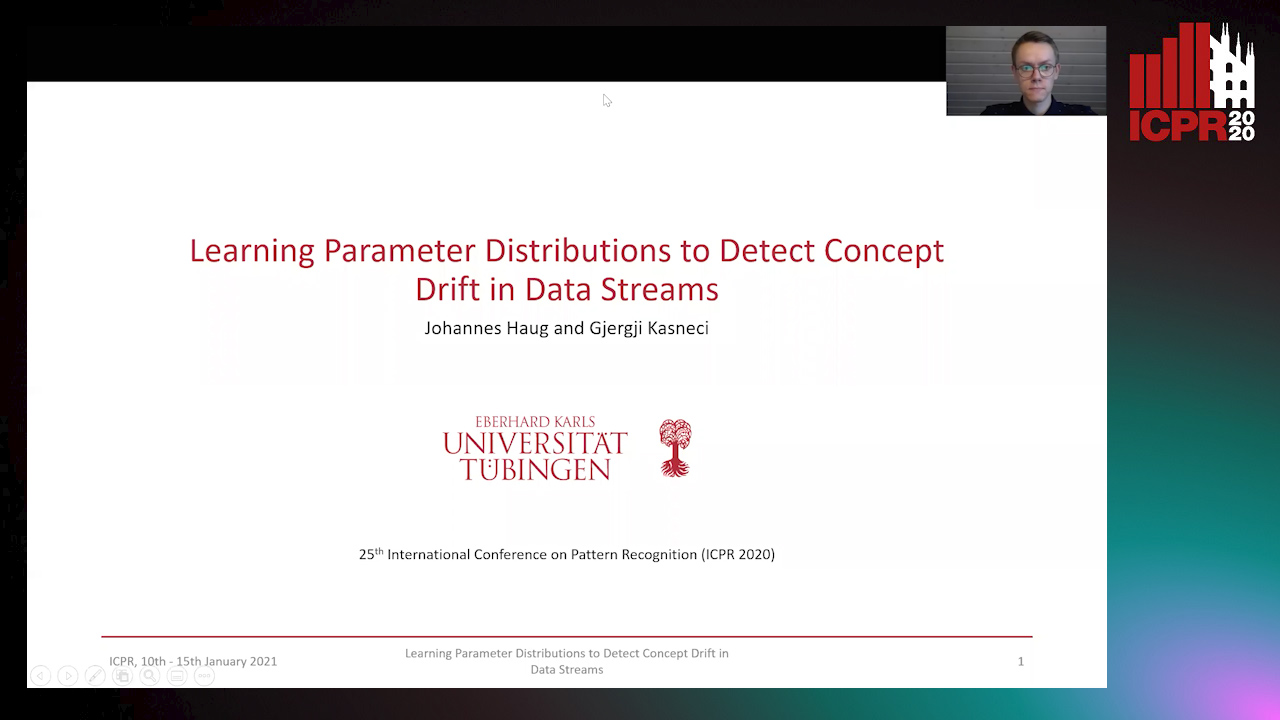
Auto-TLDR; A novel framework for the detection of concept drift in streaming environments
Similar papers
Algorithm Recommendation for Data Streams
Jáder Martins Camboim De Sá, Andre Luis Debiaso Rossi, Gustavo Enrique De Almeida Prado Alves Batista, Luís Paulo Faina Garcia

Auto-TLDR; Meta-Learning for Algorithm Selection in Time-Changing Data Streams
Abstract Slides Poster Similar
Separation of Aleatoric and Epistemic Uncertainty in Deterministic Deep Neural Networks
Denis Huseljic, Bernhard Sick, Marek Herde, Daniel Kottke

Auto-TLDR; AE-DNN: Modeling Uncertainty in Deep Neural Networks
Abstract Slides Poster Similar
Bayesian Active Learning for Maximal Information Gain on Model Parameters
Kasra Arnavaz, Aasa Feragen, Oswin Krause, Marco Loog

Auto-TLDR; Bayesian assumptions for Bayesian classification
Abstract Slides Poster Similar
Factor Screening Using Bayesian Active Learning and Gaussian Process Meta-Modelling
Cheng Li, Santu Rana, Andrew William Gill, Dang Nguyen, Sunil Kumar Gupta, Svetha Venkatesh

Auto-TLDR; Data-Efficient Bayesian Active Learning for Factor Screening in Combat Simulations
Aggregating Dependent Gaussian Experts in Local Approximation

Auto-TLDR; A novel approach for aggregating the Gaussian experts by detecting strong violations of conditional independence
Abstract Slides Poster Similar
The eXPose Approach to Crosslier Detection
Antonio Barata, Frank Takes, Hendrik Van Den Herik, Cor Veenman
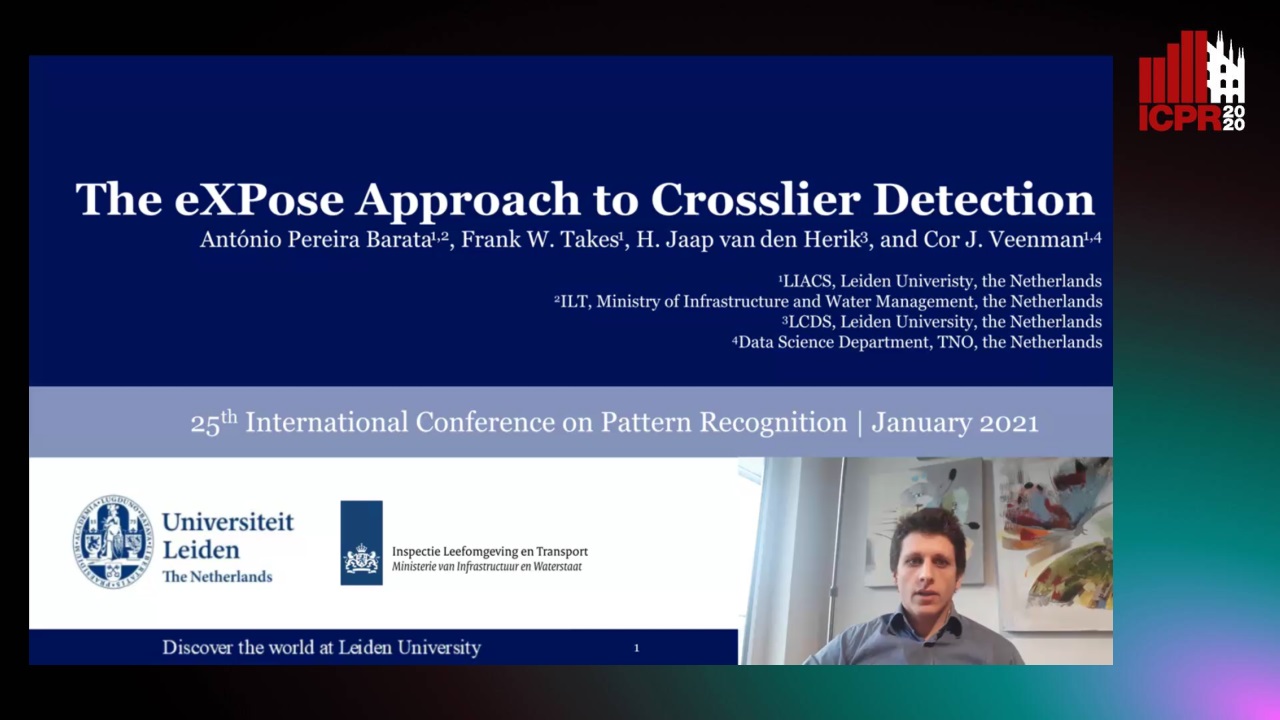
Auto-TLDR; EXPose: Crosslier Detection Based on Supervised Category Modeling
Abstract Slides Poster Similar
3CS Algorithm for Efficient Gaussian Process Model Retrieval
Fabian Berns, Kjeld Schmidt, Ingolf Bracht, Christian Beecks
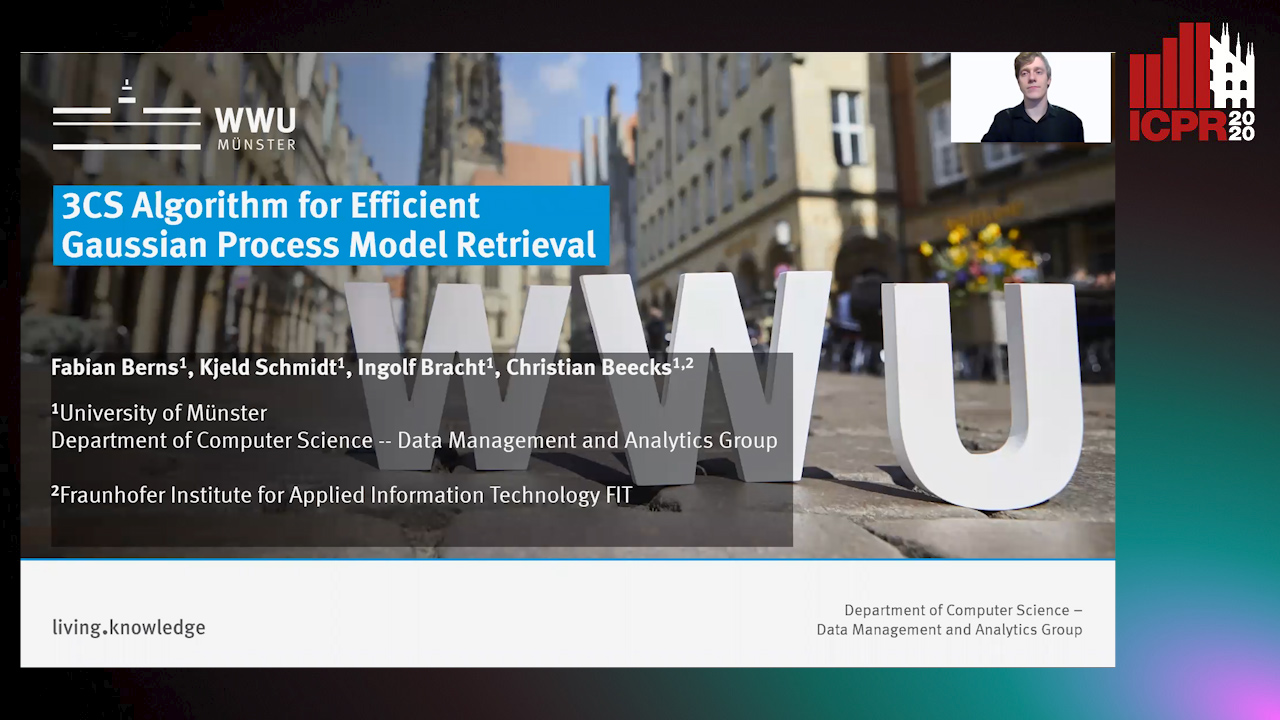
Auto-TLDR; Efficient retrieval of Gaussian Process Models for large-scale data using divide-&-conquer-based approach
Abstract Slides Poster Similar
Multi-annotator Probabilistic Active Learning
Marek Herde, Daniel Kottke, Denis Huseljic, Bernhard Sick

Auto-TLDR; MaPAL: Multi-annotator Probabilistic Active Learning
Abstract Slides Poster Similar
Drift Anticipation with Forgetting to Improve Evolving Fuzzy System
Clément Leroy, Eric Anquetil, Nathalie Girard

Auto-TLDR; A coherent method to integrate forgetting in Evolving Fuzzy System
Abstract Slides Poster Similar
Switching Dynamical Systems with Deep Neural Networks
Cesar Ali Ojeda Marin, Kostadin Cvejoski, Bogdan Georgiev, Ramses J. Sanchez
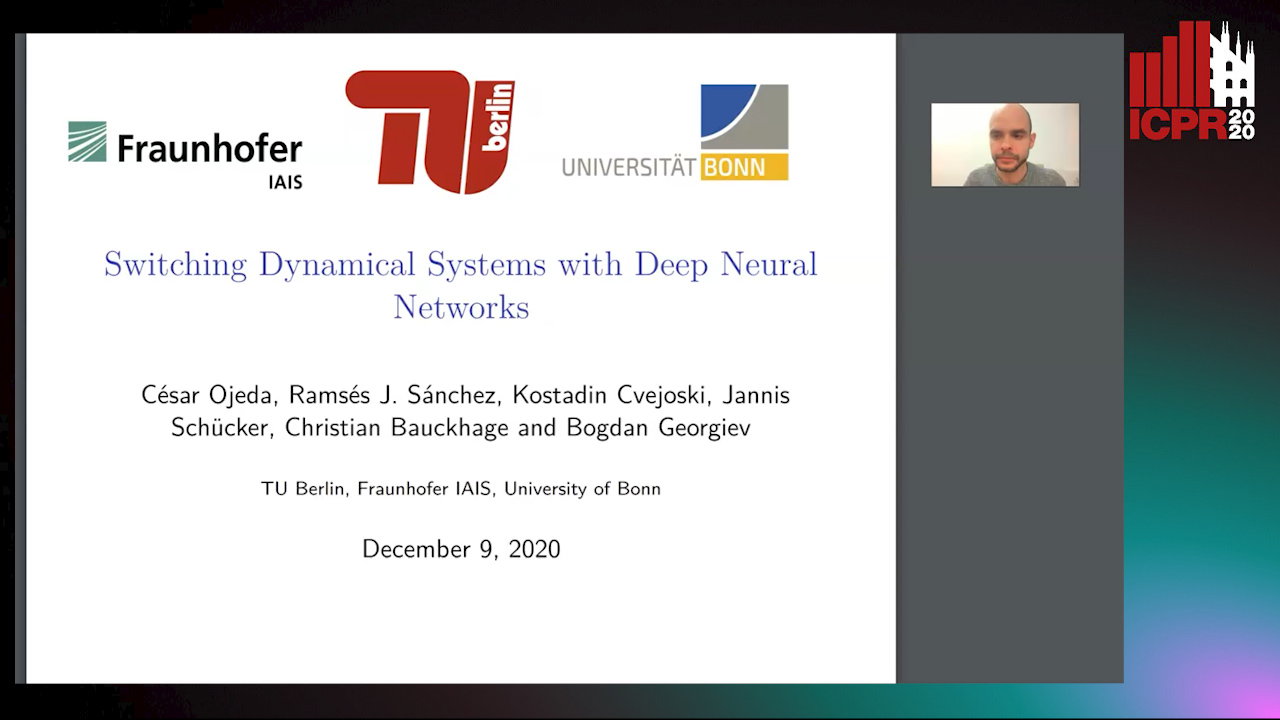
Auto-TLDR; Variational RNN for Switching Dynamics
Abstract Slides Poster Similar
Killing Four Birds with One Gaussian Process: The Relation between Different Test-Time Attacks
Kathrin Grosse, Michael Thomas Smith, Michael Backes

Auto-TLDR; Security of Gaussian Process Classifiers against Attack Algorithms
Abstract Slides Poster Similar
Naturally Constrained Online Expectation Maximization
Daniela Pamplona, Antoine Manzanera

Auto-TLDR; Constrained Online Expectation-Maximization for Probabilistic Principal Components Analysis
Abstract Slides Poster Similar
Probabilistic Latent Factor Model for Collaborative Filtering with Bayesian Inference
Jiansheng Fang, Xiaoqing Zhang, Yan Hu, Yanwu Xu, Ming Yang, Jiang Liu
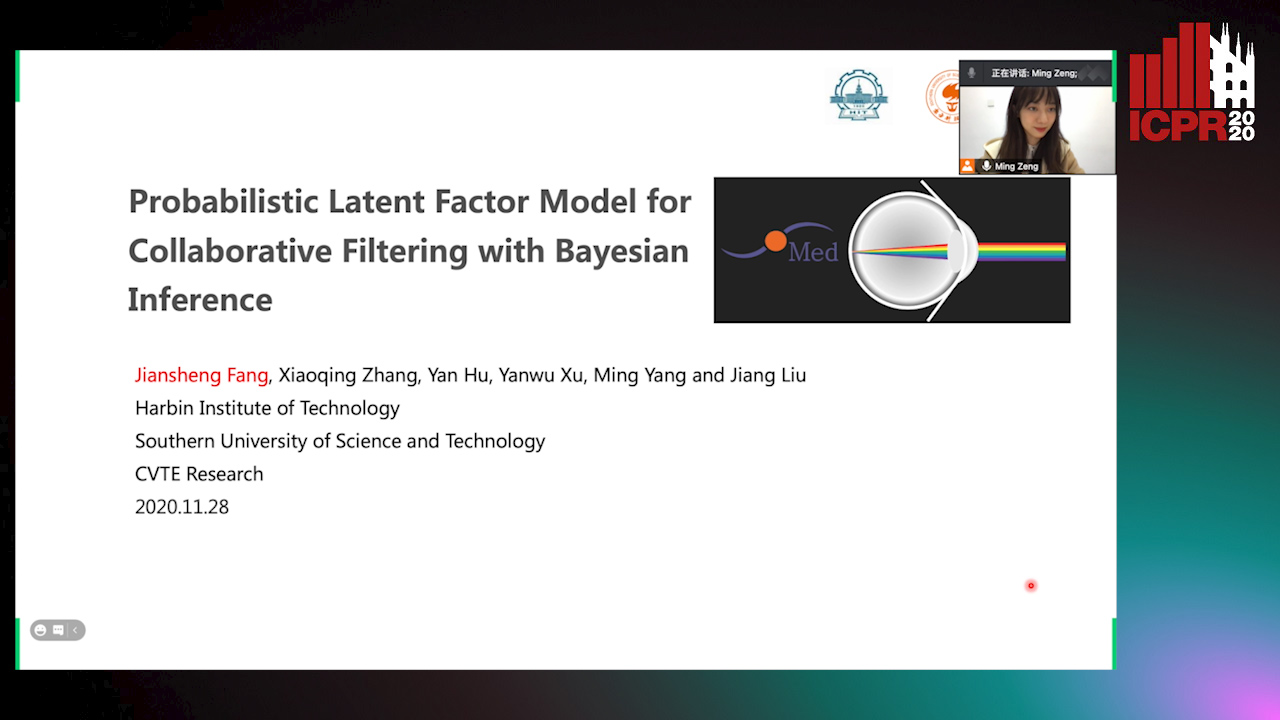
Auto-TLDR; Bayesian Latent Factor Model for Collaborative Filtering
Active Sampling for Pairwise Comparisons via Approximate Message Passing and Information Gain Maximization
Aliaksei Mikhailiuk, Clifford Wilmot, Maria Perez-Ortiz, Dingcheng Yue, Rafal Mantiuk
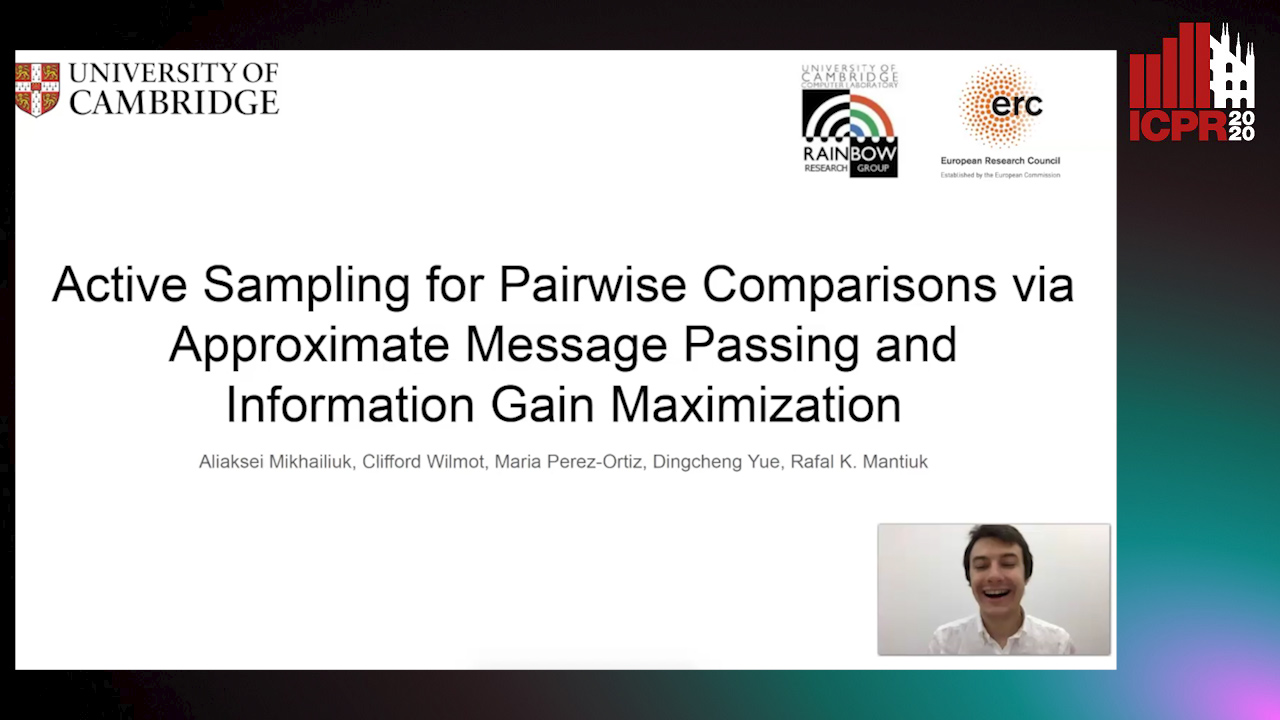
Auto-TLDR; ASAP: An Active Sampling Algorithm for Pairwise Comparison Data
Conditional-UNet: A Condition-Aware Deep Model for Coherent Human Activity Recognition from Wearables
Liming Zhang, Wenbin Zhang, Nathalie Japkowicz

Auto-TLDR; Coherent Human Activity Recognition from Multi-Channel Time Series Data
Abstract Slides Poster Similar
Deep Transformation Models: Tackling Complex Regression Problems with Neural Network Based Transformation Models
Beate Sick, Torsten Hothorn, Oliver Dürr

Auto-TLDR; A Deep Transformation Model for Probabilistic Regression
Abstract Slides Poster Similar
Temporal Pattern Detection in Time-Varying Graphical Models
Federico Tomasi, Veronica Tozzo, Annalisa Barla
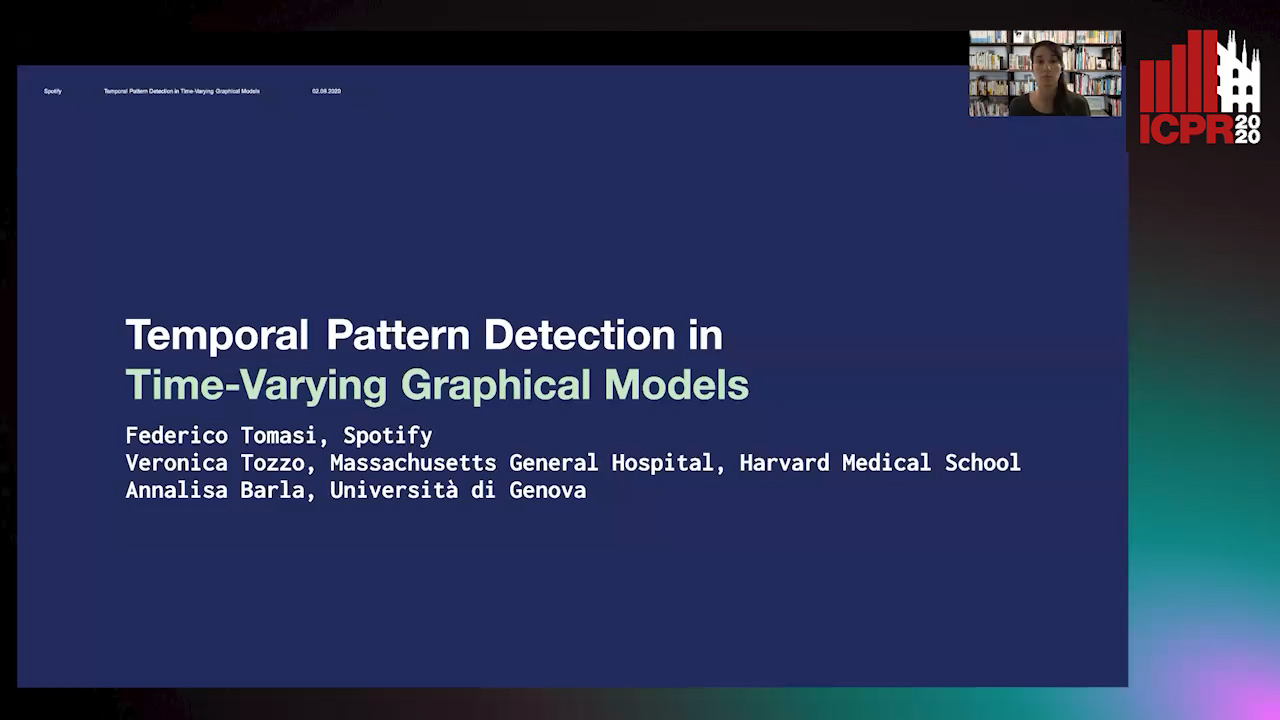
Auto-TLDR; A dynamical network inference model that leverages on kernels to consider general temporal patterns
Abstract Slides Poster Similar
RNN Training along Locally Optimal Trajectories via Frank-Wolfe Algorithm
Yun Yue, Ming Li, Venkatesh Saligrama, Ziming Zhang

Auto-TLDR; Frank-Wolfe Algorithm for Efficient Training of RNNs
Abstract Slides Poster Similar
Assortative-Constrained Stochastic Block Models
Daniel Gribel, Thibaut Vidal, Michel Gendreau

Auto-TLDR; Constrained Stochastic Block Models for Assortative Communities in Neural Networks
Abstract Slides Poster Similar
Personalized Models in Human Activity Recognition Using Deep Learning
Hamza Amrani, Daniela Micucci, Paolo Napoletano

Auto-TLDR; Incremental Learning for Personalized Human Activity Recognition
Abstract Slides Poster Similar
Fully Convolutional Neural Networks for Raw Eye Tracking Data Segmentation, Generation, and Reconstruction
Wolfgang Fuhl, Yao Rong, Enkelejda Kasneci
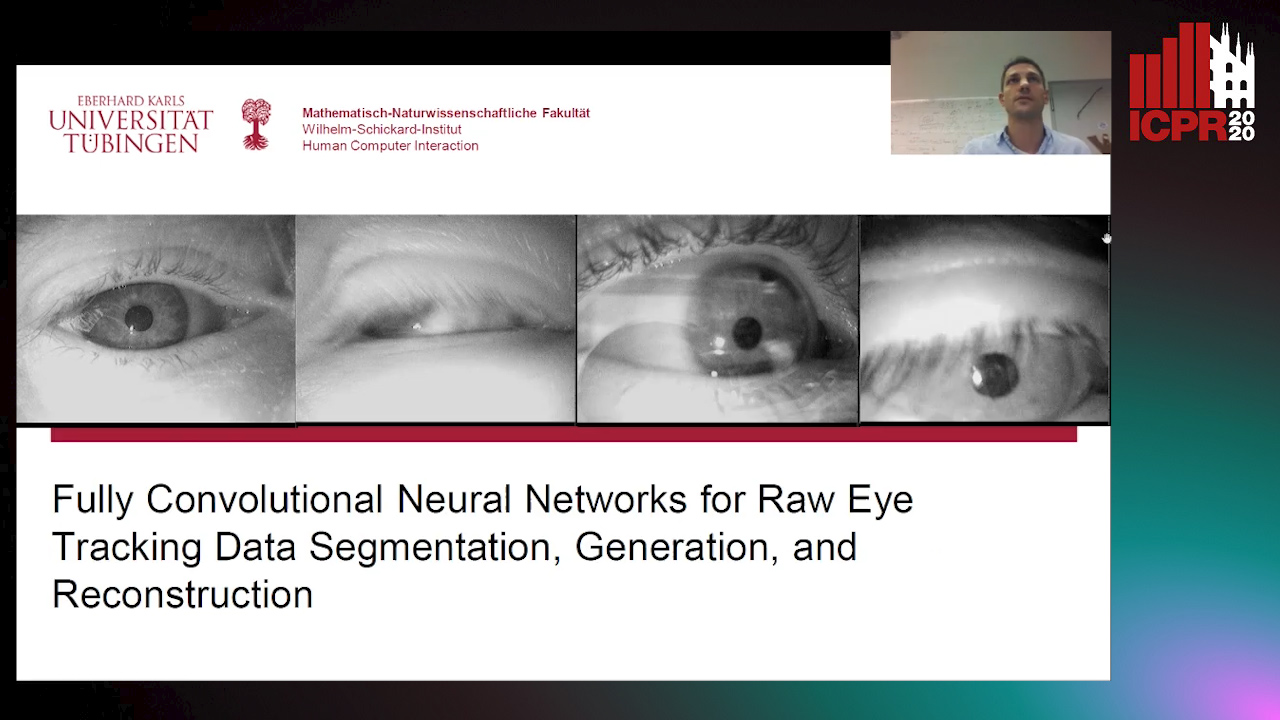
Auto-TLDR; Semantic Segmentation of Eye Tracking Data with Fully Convolutional Neural Networks
Abstract Slides Poster Similar
Hierarchical Routing Mixture of Experts
Wenbo Zhao, Yang Gao, Shahan Ali Memon, Bhiksha Raj, Rita Singh

Auto-TLDR; A Binary Tree-structured Hierarchical Routing Mixture of Experts for Regression
Abstract Slides Poster Similar
Automatically Mining Relevant Variable Interactions Via Sparse Bayesian Learning
Ryoichiro Yafune, Daisuke Sakuma, Yasuo Tabei, Noritaka Saito, Hiroto Saigo

Auto-TLDR; Sparse Bayes for Interpretable Non-linear Prediction
Abstract Slides Poster Similar
PIF: Anomaly detection via preference embedding
Filippo Leveni, Luca Magri, Giacomo Boracchi, Cesare Alippi

Auto-TLDR; PIF: Anomaly Detection with Preference Embedding for Structured Patterns
Abstract Slides Poster Similar
Uncertainty Guided Recognition of Tiny Craters on the Moon
Thorsten Wilhelm, Christian Wöhler

Auto-TLDR; Accurately Detecting Tiny Craters in Remote Sensed Images Using Deep Neural Networks
Abstract Slides Poster Similar
Categorizing the Feature Space for Two-Class Imbalance Learning
Rosa Sicilia, Ermanno Cordelli, Paolo Soda

Auto-TLDR; Efficient Ensemble of Classifiers for Minority Class Inference
Abstract Slides Poster Similar
Explainable Online Validation of Machine Learning Models for Practical Applications
Wolfgang Fuhl, Yao Rong, Thomas Motz, Michael Scheidt, Andreas Markus Hartel, Andreas Koch, Enkelejda Kasneci
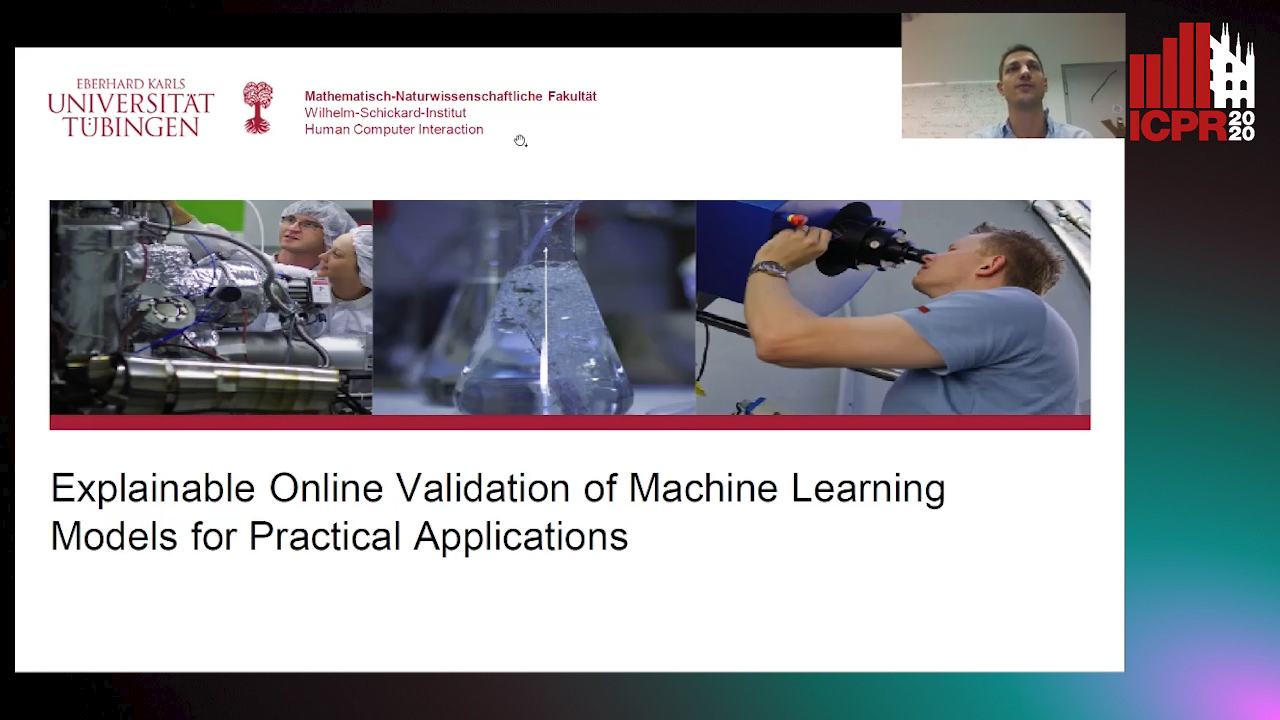
Auto-TLDR; A Reformulation of Regression and Classification for Machine Learning Algorithm Validation
Abstract Slides Poster Similar
Detecting Anomalies from Video-Sequences: A Novel Descriptor
Giulia Orrù, Davide Ghiani, Maura Pintor, Gian Luca Marcialis, Fabio Roli

Auto-TLDR; Trit-based Measurement of Group Dynamics for Crowd Behavior Analysis and Anomaly Detection
Abstract Slides Poster Similar
Relative Feature Importance
Gunnar König, Christoph Molnar, Bernd Bischl, Moritz Grosse-Wentrup

Auto-TLDR; Relative Feature Importance for Interpretable Machine Learning
Decision Snippet Features
Pascal Welke, Fouad Alkhoury, Christian Bauckhage, Stefan Wrobel

Auto-TLDR; Decision Snippet Features for Interpretability
Abstract Slides Poster Similar
One Step Clustering Based on A-Contrario Framework for Detection of Alterations in Historical Violins
Alireza Rezaei, Sylvie Le Hégarat-Mascle, Emanuel Aldea, Piercarlo Dondi, Marco Malagodi

Auto-TLDR; A-Contrario Clustering for the Detection of Altered Violins using UVIFL Images
Abstract Slides Poster Similar
Seasonal Inhomogeneous Nonconsecutive Arrival Process Search and Evaluation
Kimberly Holmgren, Paul Gibby, Joseph Zipkin
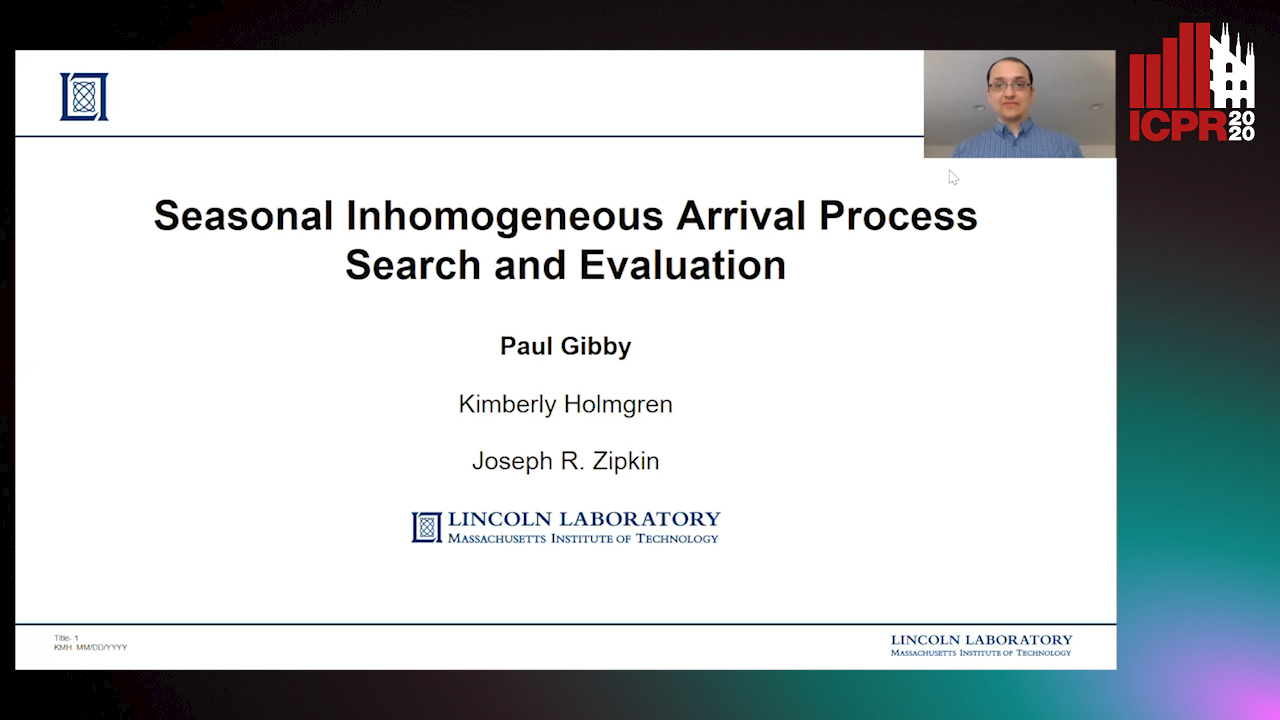
Auto-TLDR; SINAPSE: Fitting a Sparse Time Series Model to Seasonal Data
Abstract Slides Poster Similar
On Resource-Efficient Bayesian Network Classifiers and Deep Neural Networks
Wolfgang Roth, Günther Schindler, Holger Fröning, Franz Pernkopf

Auto-TLDR; Quantization-Aware Bayesian Network Classifiers for Small-Scale Scenarios
Abstract Slides Poster Similar
Learning Natural Thresholds for Image Ranking
Somayeh Keshavarz, Quang Nhat Tran, Richard Souvenir

Auto-TLDR; Image Representation Learning and Label Discretization for Natural Image Ranking
Abstract Slides Poster Similar
Model Decay in Long-Term Tracking
Efstratios Gavves, Ran Tao, Deepak Gupta, Arnold Smeulders
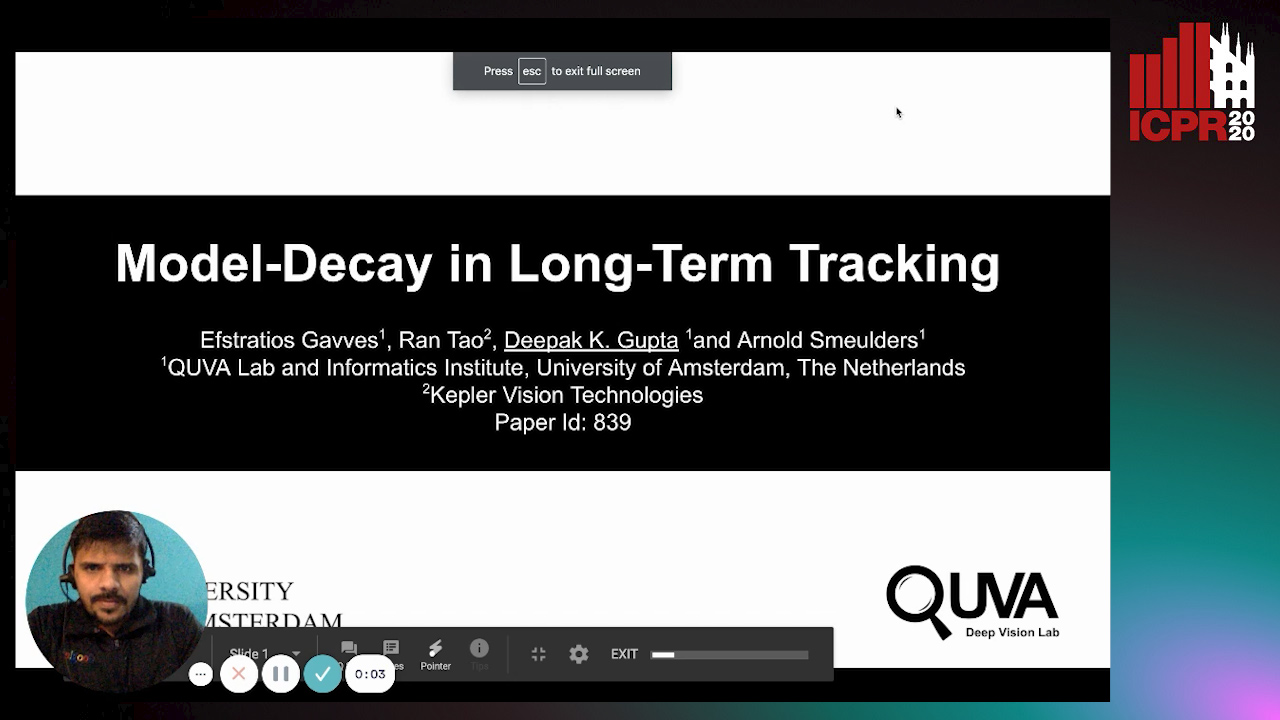
Auto-TLDR; Model Bias in Long-Term Tracking
Abstract Slides Poster Similar
An Invariance-Guided Stability Criterion for Time Series Clustering Validation
Florent Forest, Alex Mourer, Mustapha Lebbah, Hanane Azzag, Jérôme Lacaille

Auto-TLDR; An invariance-guided method for clustering model selection in time series data
Abstract Slides Poster Similar
Low-Cost Lipschitz-Independent Adaptive Importance Sampling of Stochastic Gradients
Huikang Liu, Xiaolu Wang, Jiajin Li, Man-Cho Anthony So
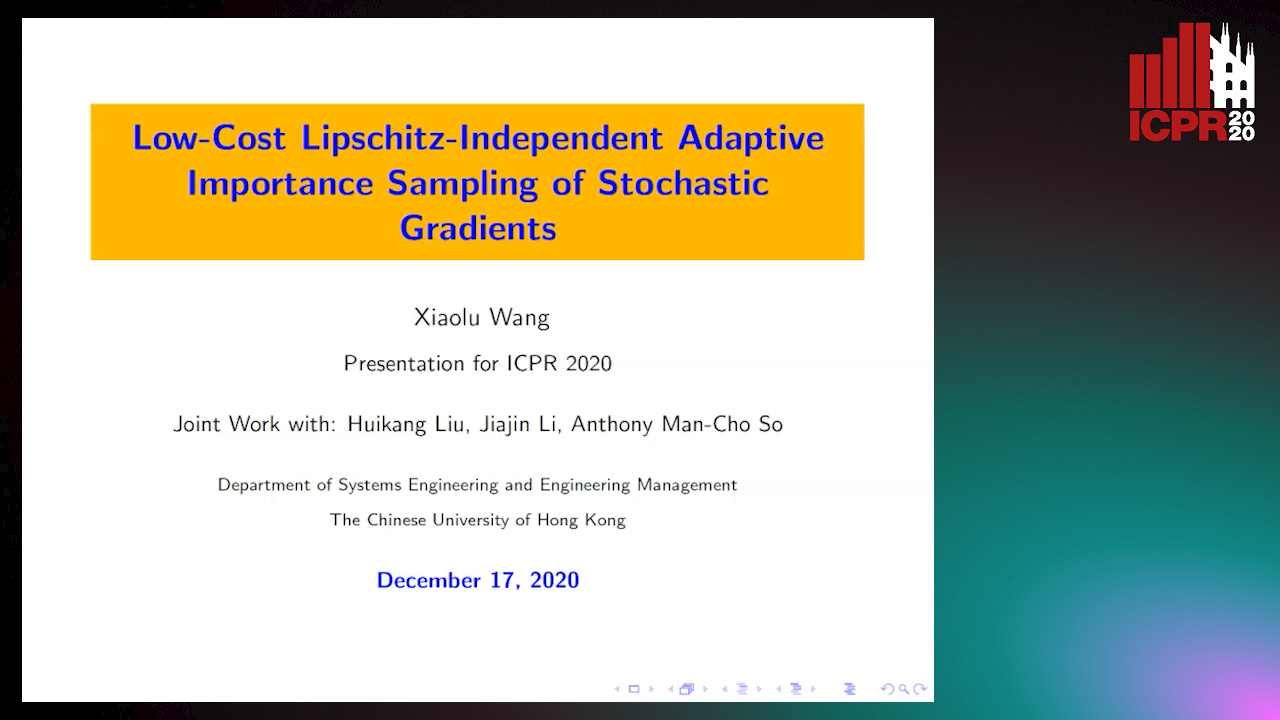
Auto-TLDR; Adaptive Importance Sampling for Stochastic Gradient Descent
Understanding Integrated Gradients with SmoothTaylor for Deep Neural Network Attribution
Gary Shing Wee Goh, Sebastian Lapuschkin, Leander Weber, Wojciech Samek, Alexander Binder

Auto-TLDR; SmoothGrad: bridging Integrated Gradients and SmoothGrad from the Taylor's theorem perspective
Memetic Evolution of Training Sets with Adaptive Radial Basis Kernels for Support Vector Machines
Jakub Nalepa, Wojciech Dudzik, Michal Kawulok
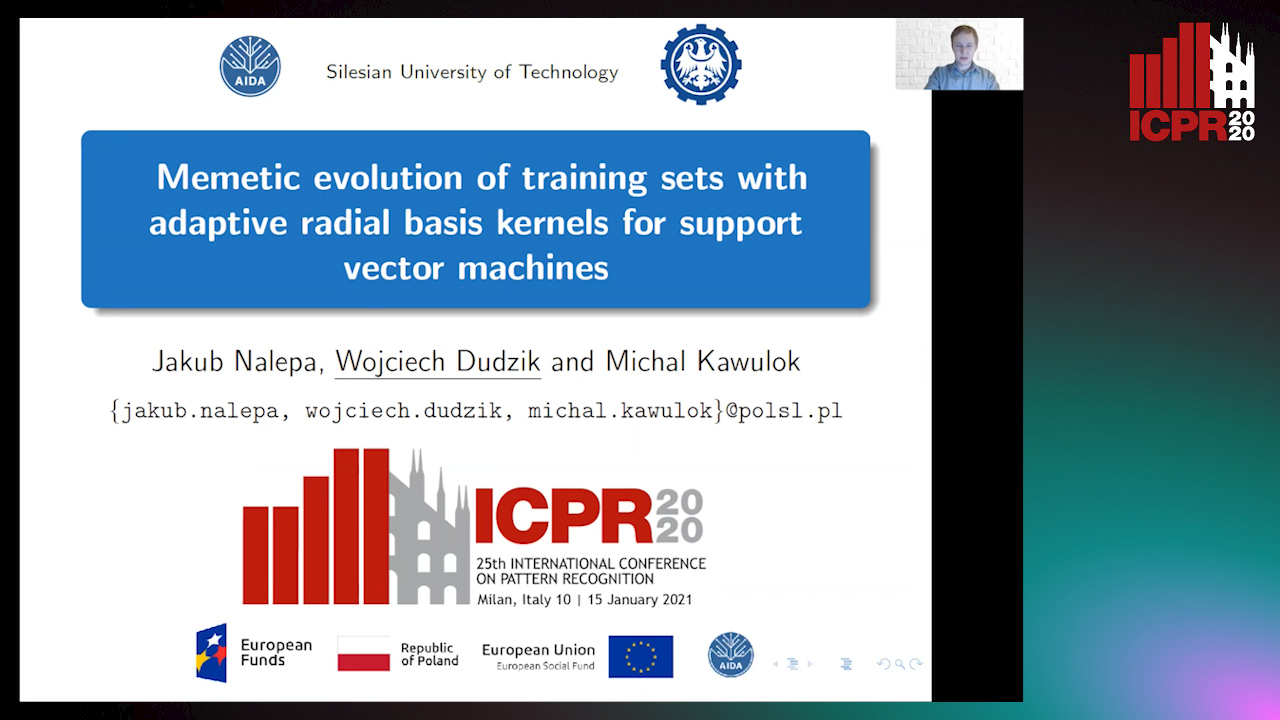
Auto-TLDR; Memetic Algorithm for Evolving Support Vector Machines with Adaptive Kernels
Abstract Slides Poster Similar
Electroencephalography Signal Processing Based on Textural Features for Monitoring the Driver’s State by a Brain-Computer Interface
Giulia Orrù, Marco Micheletto, Fabio Terranova, Gian Luca Marcialis
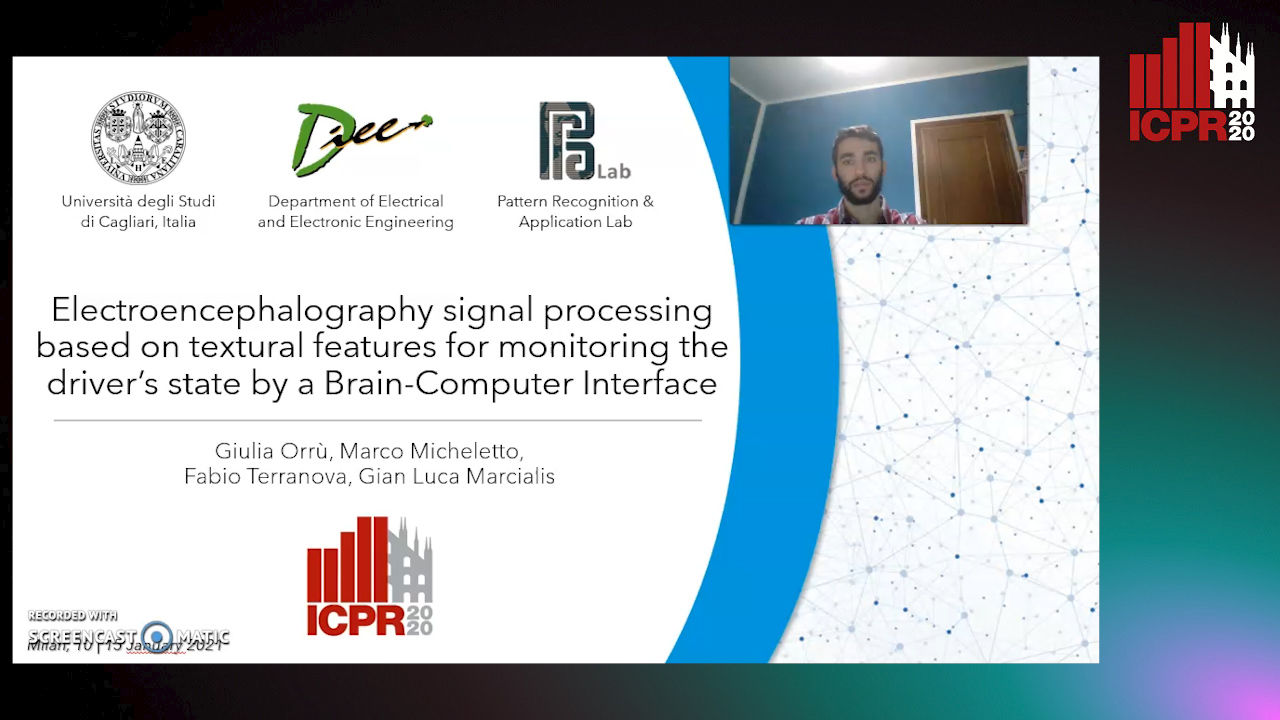
Auto-TLDR; One-dimensional Local Binary Pattern Algorithm for Estimating Driver Vigilance in a Brain-Computer Interface System
Abstract Slides Poster Similar
Confidence Calibration for Deep Renal Biopsy Immunofluorescence Image Classification
Federico Pollastri, Juan Maroñas, Federico Bolelli, Giulia Ligabue, Roberto Paredes, Riccardo Magistroni, Costantino Grana

Auto-TLDR; A Probabilistic Convolutional Neural Network for Immunofluorescence Classification in Renal Biopsy
Abstract Slides Poster Similar
Improving Gravitational Wave Detection with 2D Convolutional Neural Networks
Siyu Fan, Yisen Wang, Yuan Luo, Alexander Michael Schmitt, Shenghua Yu

Auto-TLDR; Two-dimensional Convolutional Neural Networks for Gravitational Wave Detection from Time Series with Background Noise
MD-kNN: An Instance-Based Approach for Multi-Dimensional Classification
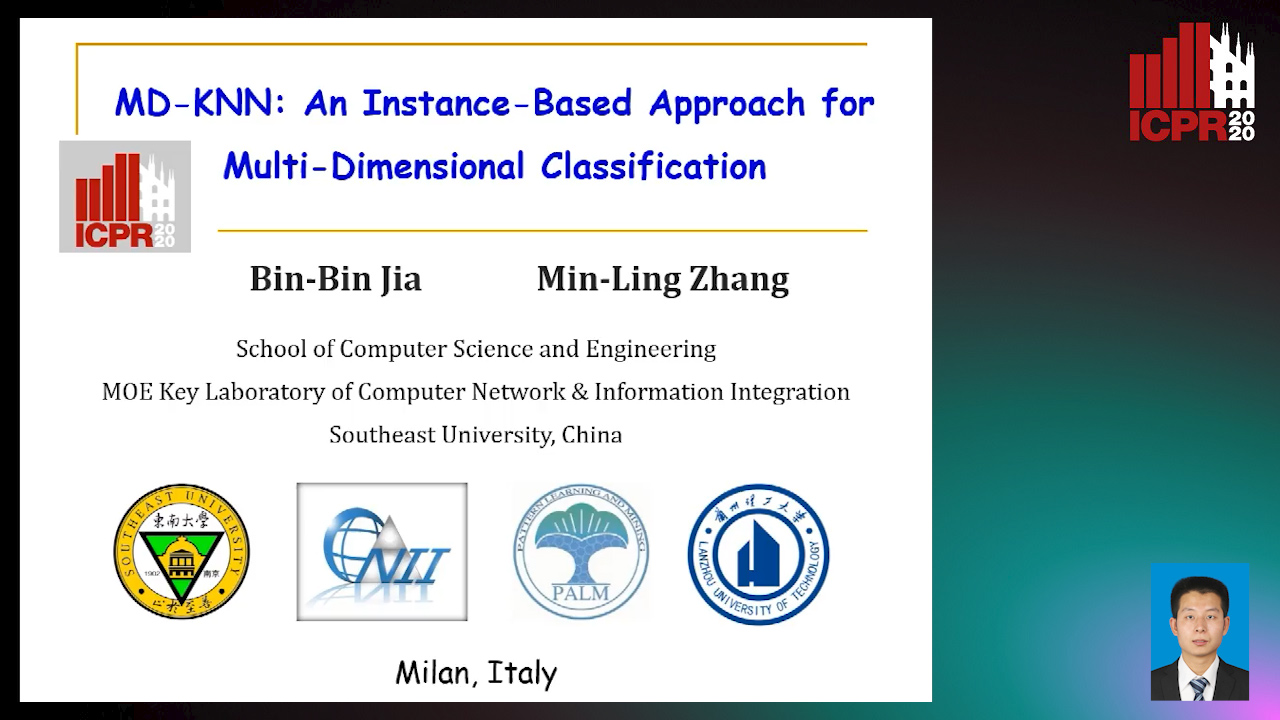
Auto-TLDR; MD-kNN: Adapting Instance-based Techniques for Multi-dimensional Classification
Abstract Slides Poster Similar
Video Episode Boundary Detection with Joint Episode-Topic Model
Shunyao Wang, Ye Tian, Ruidong Wang, Yang Du, Han Yan, Ruilin Yang, Jian Ma
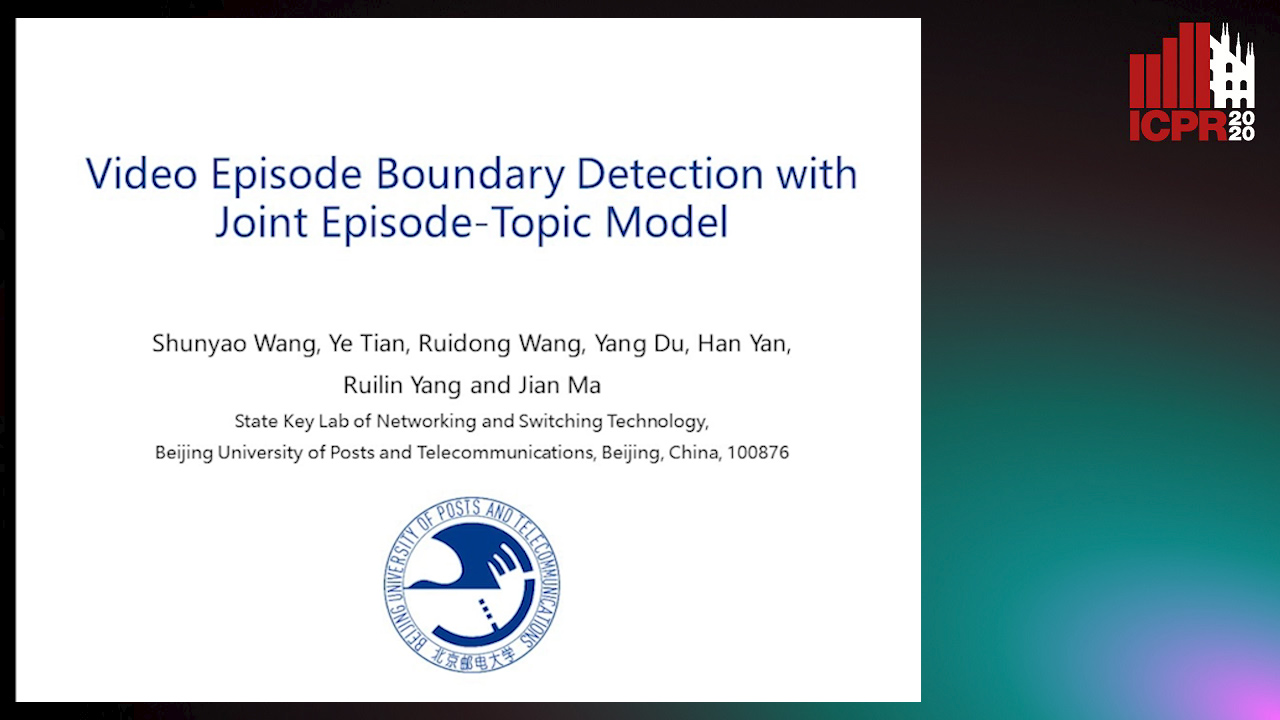
Auto-TLDR; Unsupervised Video Episode Boundary Detection for Bullet Screen Comment Video
Abstract Slides Poster Similar
A Bayesian Approach to Reinforcement Learning of Vision-Based Vehicular Control
Zahra Gharaee, Karl Holmquist, Linbo He, Michael Felsberg

Auto-TLDR; Bayesian Reinforcement Learning for Autonomous Driving
Abstract Slides Poster Similar
Adaptive Matching of Kernel Means

Auto-TLDR; Adaptive Matching of Kernel Means for Knowledge Discovery and Feature Learning
Abstract Slides Poster Similar
Expectation-Maximization for Scheduling Problems in Satellite Communication
Werner Bailer, Martin Winter, Johannes Ebert, Joel Flavio, Karin Plimon
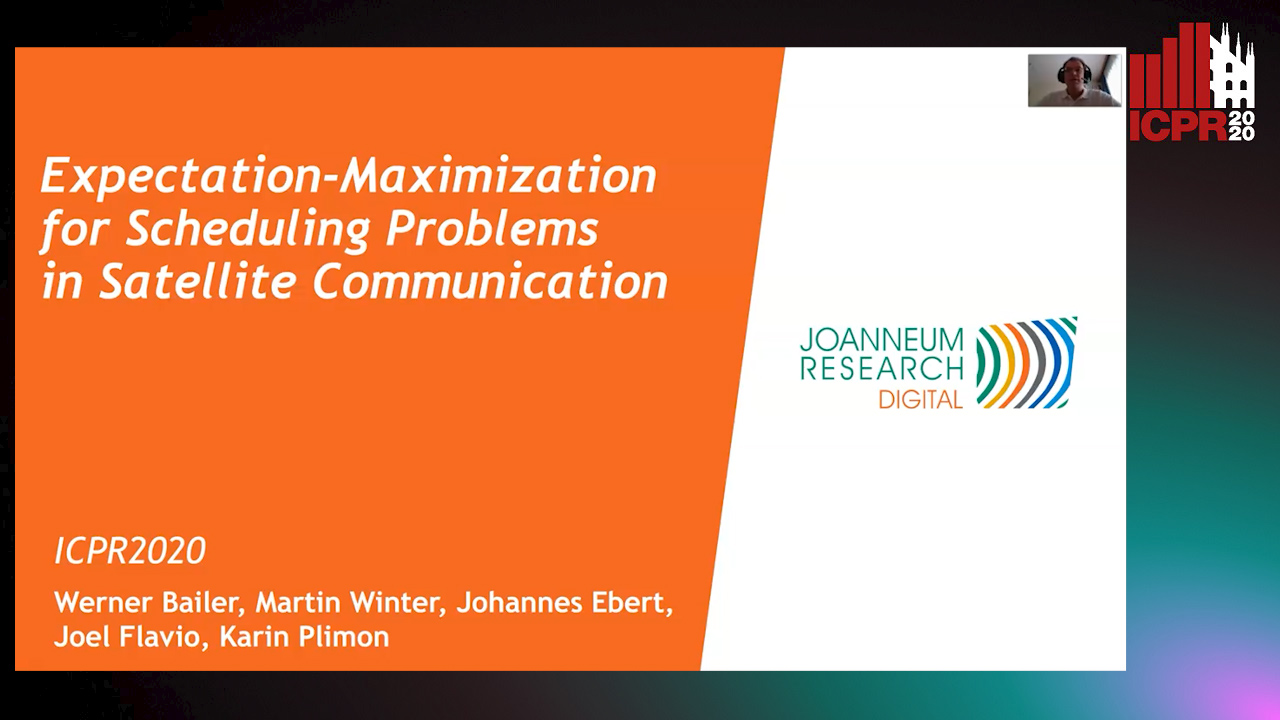
Auto-TLDR; Unsupervised Machine Learning for Satellite Communication Using Expectation-Maximization
Abstract Slides Poster Similar
A Multilinear Sampling Algorithm to Estimate Shapley Values
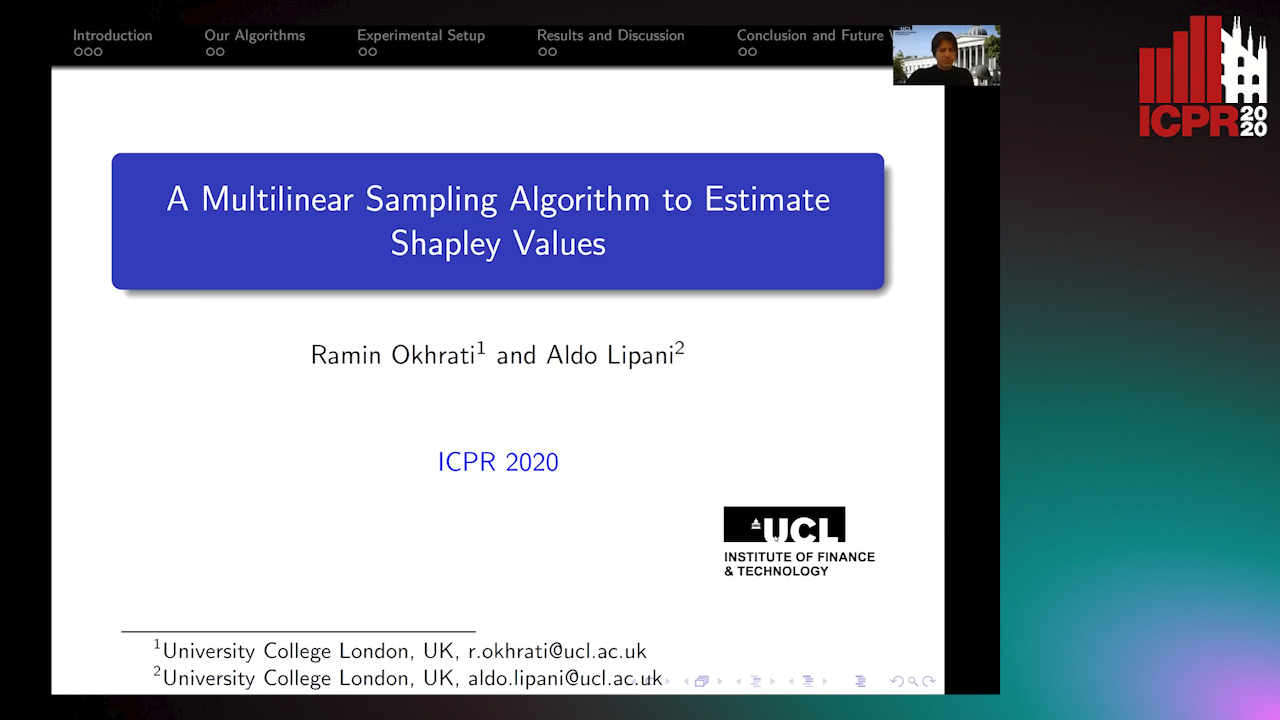
Auto-TLDR; A sampling method for Shapley values for multilayer Perceptrons
Abstract Slides Poster Similar